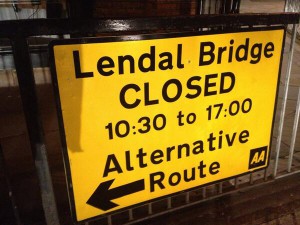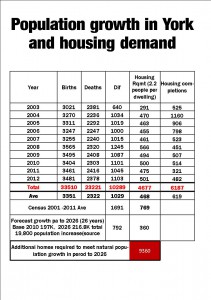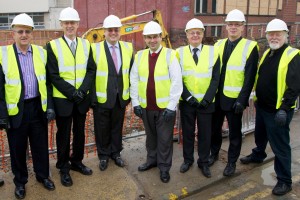 York’s first council meeting since the Liberal Democrat by election victory in Westfield and James Alexander’s subsequent resignation has been a strangely disjointed affair.
York’s first council meeting since the Liberal Democrat by election victory in Westfield and James Alexander’s subsequent resignation has been a strangely disjointed affair.
Those hoping that a process would emerge which put York people back at the heart of decision making may be disappointed. The Council has seemed pre-occupied with slotting Councillors into new job slots.
The key tests for many will be whether there is a new commitment to finding consensus, whether residents will be consulted and whether the feedback from the City will be respected.
Residents will expect the Council Leadership to ditch the half truths, secrecy and profligate policies of the failed regime.
Yet the Council agenda included a highly partisan motion from Labour on the NHS which quoted bogus and outdated figures.
Decisions continue to be taken behind closed doors and residents are given access to papers only after matters have been determined. Earlier today, a decision on reducing car parking space availability in two City centre car parks (Nunnery Lane and Castle) attracted only comments from the Liberal Democrats transport spokesman and two ward councillors (which were ignored).
The Council continues to use its Public Relations machine to promote individual Labour politicians. It is time to exclude their “comments”.
More important issues are to be discussed next week at a Cabinet meeting. The meeting agenda papers run to 550 pages.
The City desperately needs to utilise all the experience and skills available across all political groups. When dealing with contentious and expensive issues, proposals need to be probed, questioned and debated at an open meeting and following the opportunity for residents to have an input.
The one party cabinet meetings have been a sterile forum, stifling innovation and smothering alternative strategies.
With only 4 months to go until all out elections give the City the chance to make a fresh start – and maybe reintroduce the more discursive all party committee system – the obvious way forward was to introduce an all party Cabinet. That would have presented the opportunity to deal quickly with issues while avoiding the labyrinthine “calling in” process.
But it seems that that no deals have been done on establishing an all party policy forum.
All that Labour offer is a Cabinet containing 6 of their members, one Tory and one LibDem. Ritually outvoting their opponents – who would be up against 6 full time opponents – would offer only hollow victories.
The Tory leader has nevertheless decided to join the Cabinet. On balance he may be right to do so. It will provide him with an opportunity to question and probe officer reports, to present alternatives and – ultimately if necessary – to record his opposition to proposals that are voted through by the Labour majority.
The Liberal Democrat Leader has decided not to accept membership of the Cabinet. This is something of a surprise given that it was the LibDems who in 2003 – despite having an overall majority – offered a place on their Cabinet to the then Opposition Leader (who declined it). The LibDem Leader will still have the right to attend Cabinet meetings and make representations.
But that fails to provide an opportunity to question officials and table options.
He would have been wiser to engage constructively even at the risk of policy distinctions between the parties becoming blurred.
Residents will now be looking to see what checks and balances the new Council has actually put in place.







